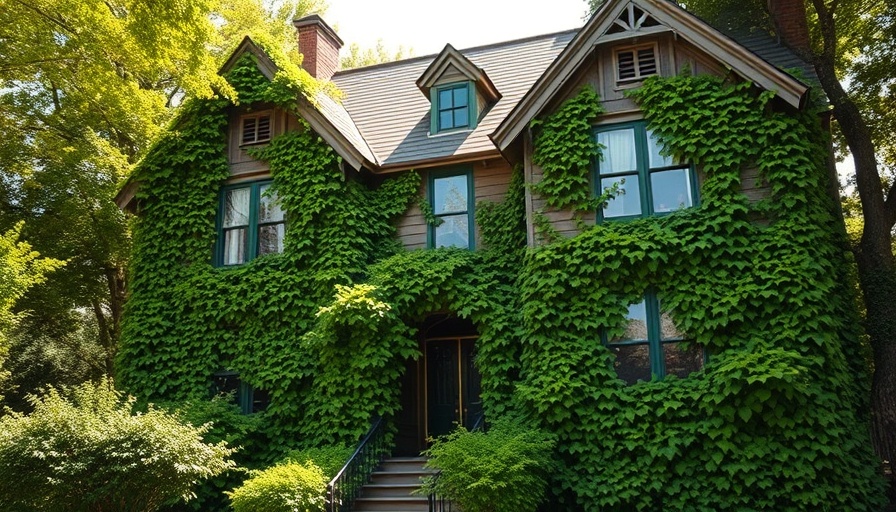
Landscaping: The Silent Value Boost for Your Home
When it comes to boosting property value, landscaping often takes a backseat in the minds of homeowners. However, it's essential to recognize that the aesthetic appeal of your yard significantly impacts first impressions. A well-maintained landscape isn't just about beauty—it's a structural component of your home’s overall value. Ignoring common landscaping mistakes can lead potential buyers to view your property as uninviting and neglected, leading to a diminished market value.
Avoiding the Overgrown Jungle: Key Mistakes to Sidestep
One of the most glaring errors homeowners make is allowing plants to become overgrown. Trees and shrubs, if left unchecked, can obscure views and block natural light, creating a dreary environment. The University of Minnesota Extension points out that regularly scheduled pruning is essential; otherwise, you risk having branches that encroach on your roof or obstruct pathways. Buyers want to envision their new life in a well-manicured space—not contend with a wild jungle.
Seasonal Maintenance: Your Landscape’s Lifeline
Neglecting seasonal upkeep is another mistake that can drastically affect your property’s marketability. Each season brings unique chores that keep your yard not only stunning but also healthy. Neglected landscaping signals to buyers that other areas of your home may be similarly overlooked. Here’s a brief rundown of essential seasonal tasks:
- Spring: Rake leaves, prune, fertilize, and refresh mulch.
- Summer: Regular mowing, weeding, and adequate watering are crucial.
- Fall: Clean up leaves, trim perennials, and aerate.
- Winter: Protect delicate plants and ensure clear paths from snow.
Hardscape: The Fine Line Between Functional and Frenzy
While hardscaping can enhance your property, too much can create a sterile environment devoid of warmth. Buyers often lean towards properties with a natural and inviting feel, so overdoing it with concrete or brick can send them running. Aim for balance—incorporate paths, walls, and patios sparingly to maintain charm while providing function.
The Hidden Costs of Poor Landscaping Choices
Landscaping isn’t just a creative outlet; it also comes with costs that can spiral if not managed properly. Choosing the wrong plants for your climate can lead to increased watering and upkeep expenses. Plus, poorly executed landscaping can become a financial burden down the line—requiring expensive renovations to make your yard presentable. Avoid the pitfalls by researching plant species that thrive in your area, ensuring long-term success without breaking the bank.
Maximizing Outdoor Spaces: Designing with Purpose
Creating outdoor spaces that appeal to a wide range of tastes can significantly elevate your property’s value. Consider integrating multifunctional areas that accommodate relaxation and entertainment. Incorporate comfortable seating, designated grilling areas, or a small fire pit to cater to the social aspects of outdoor living. Innovative landscaping ideas can help attract buyers, making your home stand out in the competitive market.
Your Next Steps in Landscaping Success
Stay vigilant about your landscaping choices and approach each season with a maintenance mindset. Regular care not only preserves your home’s aesthetic but also protects its value. Whether you want to do it yourself or hire a professional, understanding these common mistakes—and the steps needed to offset them—is crucial for a successful property sale.
Boosting your property value doesn’t have to be challenging. Equip yourself with the right knowledge and resources, and watch your investment grow! Ready to transform your landscape and elevate your home’s value?
 Add Row
Add Row  Add
Add 




Write A Comment